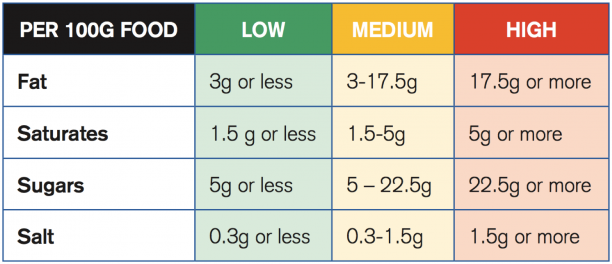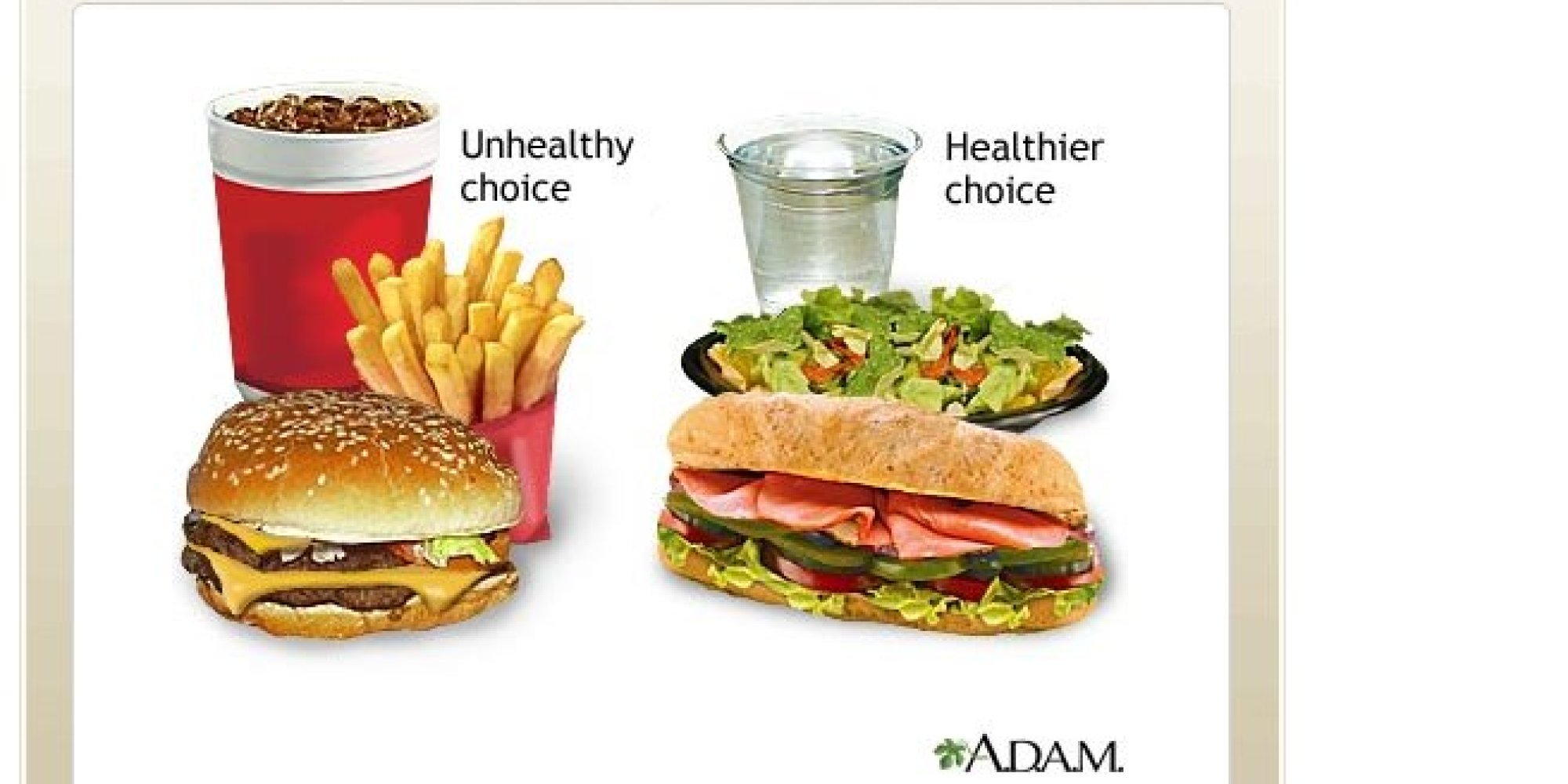42 saturated fat on food labels
Food Labeling & Nutrition | FDA Food labeling is required for most prepared foods, such as breads, cereals, canned and frozen foods, snacks, desserts, drinks, etc. Nutrition labeling for raw produce (fruits and vegetables) and... Reading Food Labels (for Parents) - Nemours KidsHealth Saturated fats should account for less than 10% of the calories that kids eat each day. Trans fat should be as low as possible (less than 1% of total calories).
Food-Label-Tip-Choose-Low-Saturated-Fat-Trans-Fat ... - NHLBI These food labels are for one serving of milk: 1 cup (8 ounces). Fat-free milk has the lowest % of saturated fat and cholesterol. It has 0% of the Daily Value of saturated fat and 2% cholesterol. Whole milk has 25% of the Daily Value of saturated fat and 12% cholesterol. Milk does not have trans fat. Fat-free milk is a better choice. Potato Chips

Saturated fat on food labels
Interactive Nutrition Facts Label Download the Saturated Fat Fact Sheet. (PDF: 297 KB) Nutrition Facts 4 servings per container Serving size 1 1/2 cup (208g) Amount Per Serving 240 Calories % Daily Value* 5% Total Fat 4g 8%... How to Read Food Labels : Food Network | Food Network The percent of the Daily Value that is listed on the upper portion of the food label is yet another way to gauge how much saturated fat and cholesterol are in the foods that you buy and eat. If a ... Easy Guide to Understanding Food Labels When You Have High ... - MyDoc Saturated fat is a type of fat that raises your total and LDL cholesterol and risk of heart disease, so intake should be limited. The average adult should consume less than 20 grams of saturated fat per day. Trans fat is more harmful and damaging to the arteries as it raises LDL (bad) cholesterol and lowers HDL (good) cholesterol.
Saturated fat on food labels. Food labels - NHS Nutrition labels are often displayed as a panel or grid on the back or side of packaging. This type of label includes information on energy (kJ/kcal), fat, saturates (saturated fat), carbohydrate, sugars, protein and salt. It may also provide additional information on certain nutrients, such as fibre. How to read food labels: MedlinePlus Medical Encyclopedia If a food has less than 0.5 grams of saturated fat in the serving size on the label, the food maker can say it contains no saturated fat. Remember this if you eat more than 1 serving. You should also pay attention to trans fats on any food label. These fats raise "bad" cholesterol and lower your "good" cholesterol. Understanding Food Labels - Fort HealthCare 19 Apr 2018 — Based on the Dietary Guidelines for Americans 2015-2020, saturated fats should be kept to less than 10% of daily calories (ex. For a 2,000 ... How Do You Know Your Food's Nutrition Facts Label Is Accurate? The short answer. Manufacturers often confirm their nutrition numbers by matching their products as closely as possible to NIST's food reference materials, which contain precisely measured quantities of nutrients. NIST's measurements are accurate to within 2% to 5% for nutrient elements (such as sodium, calcium and potassium ...
7 Nutrition Label Ingredients to Avoid - Walker Methodist Sodium Nitrites and Sodium Nitrates These food label ingredients are often found in processed meats such as bacon, deli/sandwich meat, and hot dogs. They have been known to cause colon cancer and lead to heart disease and obesity. This is why it is important to have good quality meats! MSG (monosodium glutamate) PDF Eat Smart with Food Nutrition Labels - American Heart Association percentage of each nutrient in a single serving in terms of the daily recommended amount. • To consume less of a nutrient (such as saturated fat or sodium), choose foods with a lower % DV (5% or less). • To consume more of a nutrient (such as fiber or potassium), choose foods with a higher % DV (20% or more). PDF Interactive Nutrition Facts Label - Saturated Fat Interactive Nutrition Facts Label • October 2021 Saturated Fat 1 Saturated fat is a nutrient to get less of. Saturated Fat What It Is Saturated fat is found in higher proportions in animal products and is usually solid at room temperature. An exception is seafood, which is generally low in saturated fat. Fats | Nutrition.gov HHS, Food and Drug Administration, Center for Food Safety and Applied Nutrition Read about saturated fat - what it is, where it is found, and how you can use the Nutrition Facts Label for reducing saturated fat in your diet.
Food Labels: Fat & Cholesterol | Home & Garden Information Center Select margarines with 0 grams of trans fat and no more than 2 grams of saturated fat per tablespoon. Avoid hydrogenated fats with more than 2 grams of saturated fat per tablespoon. When comparing food labels, combine the grams (g) of saturated fat and trans fat, then choose the food with the lower combined amount. How to Read Food Labels for Fats and Oils A Note on Ingredient Lists. Fats and oils can come from many sources, like animal fats, fish, seeds, plants, and nuts. Reading the ingredient lists on products will reveal the source of the fat. For oils and fats ingredient lists, fats and oils are referred to by their common names (e.g., "beef fat," "cottonseed oil"). Reading Food Labels | ADA - American Diabetes Association Put food labels to work. The Nutrition Facts labels on foods are really the key to making the best choices. We'll cover the basics so that these labels make shopping easier for you. You've heard it all. From carb-free to low-carb, to whole and empty carbs, it's hard to know what it all means. Blood sugar highs and lows aren't always ... Food Labels | CDC If you eat the whole thing, you are eating 8 times the amount of calories, carbs, fat, etc., shown on the label. Total Carbohydrate shows you types of carbs in the food, including sugar and fiber. Choose foods with more fiber, vitamins, and minerals. Choose foods with lower calories, saturated fat, sodium, and added sugars. Avoid trans fat.
How To Read Food and Beverage Labels | National Institute on Aging Most older adults exceed the recommended limits for saturated fats, sodium, and added sugars. Compare and choose foods to get less than 100% DV of these each day, making sure to adjust for how many calories are in your diet. Additionally, many older adults do not get the recommended amounts of dietary fiber, vitamin D, calcium, and potassium.
PDF How Do I Understand the "Nutrition Facts" Label? Limit your saturated fat intake to less than 5 to 6% of your total calories. For a person who needs 2,000 calories a day, this is 120 calories or less, or about 13 grams of saturated fat. Most foods in the grocery store have a Nutrition Facts label and ingredient list. When you go grocery shopping, take time to
Fat Content on Food Labels - Reading Between the Lines When it comes to listing fat on food labels, manufacturers are required to only list total fat and saturated fat. Some also voluntarily list monounsaturated and polyunsaturated fat, but it's unlikely you'll see trans fat listed."
5 tips for decoding food labels - Harvard Health Here are 5 ways to make food labels work for you: Size matters. Serving size is always the first item on the label. All other information is based on that serving size. The servings per container tell you know how many portions are in the whole box, package, or can. Beware: many packages contain more than one serving.

How can I tell if food is high in saturated fat, and will unsaturated fat help me lose weight ...
How to read nutrition labels | safefood Some labels use colour coding to show at a glance if a food is high, medium or low in fat, saturated fat, sugar and salt. Low (green) - the best choice. Medium (amber) - okay most of the time. High (red) - only choose occasionally. If the label isn't colour coded, use our label decoder as a guide.
Reading Food Labels - SecondsCount.org 6 Sept 2014 — Saturated Fat - A low-saturated food is defined by the Food and Drug Administration as 1 gram or less per serving and the food must provide less ...
10 tips for understanding food labels - Heart Matters magazine Saturated fat should be listed on the nutrition label, as well as the total fat. Check the nutrition information per 100g to see whether the fat content is high ...
Trans and saturated fat on food labels in Canada: fact or fiction? Objective: Food labels are the number one source for nutrition information for Canadians, but are food labels accurate? This study aims to provide an assessment of the accuracy of the reported trans fatty acid and saturated fatty acid values on food labels in selected foods.
How to Understand and Use the Nutrition Facts Label | FDA Saturated fat, sodium, and added sugars are nutrients listed on the label that may be associated with adverse health effects - and Americans generally consume too much of them, according to the...
Interpreting Total Fat and Types of Fat on Food Labels - Nina Cherie ... Trans fats and, in some cases saturated fats, are considered "unhealthy" or "bad" while monounsaturated and polyunsaturated (omega-3) fats are generally healthier alternatives or "good" fats. Saturated fats are naturally found in animal-based foods including meats, dairy products and eggs.
Interactive Nutrition Facts Label - Accessdata.fda.gov Use the Nutrition Facts label as a tool for reducing consumption of saturated fat. The Nutrition Facts label on food and beverage packages shows the amount in ...
Do Saturated Fats & Unsaturated Fats Equal Total Fats on Nutrition Labels? So, if a serving of your favorite cookies has 0.49g of transfat, saturated fat or unsaturated fat - just 0.01g away from the 0.5g threshold - the manufacturer can label it as containing 0g of that...
PDF Read the Food Label To Choose Foods Lower in Saturated Fat Read the Food Label To Choose Foods Lower in Saturated Fat Food labels tell you what you need to know about choosing healthier options. Here's a food label for a carton of whole milk. Whole 1. Serving Size and Number of Servings The serving size is 8 fluid ounces (1 cup). There are two servings in this carton. 2. Amount Per Serving
Easy Guide to Understanding Food Labels When You Have High ... - MyDoc Saturated fat is a type of fat that raises your total and LDL cholesterol and risk of heart disease, so intake should be limited. The average adult should consume less than 20 grams of saturated fat per day. Trans fat is more harmful and damaging to the arteries as it raises LDL (bad) cholesterol and lowers HDL (good) cholesterol.
How to Read Food Labels : Food Network | Food Network The percent of the Daily Value that is listed on the upper portion of the food label is yet another way to gauge how much saturated fat and cholesterol are in the foods that you buy and eat. If a ...
Interactive Nutrition Facts Label Download the Saturated Fat Fact Sheet. (PDF: 297 KB) Nutrition Facts 4 servings per container Serving size 1 1/2 cup (208g) Amount Per Serving 240 Calories % Daily Value* 5% Total Fat 4g 8%...










Post a Comment for "42 saturated fat on food labels"